
All categories
Featured selections
Trade Assurance
Buyer Central
Help Center
Get the app
Become a supplier

(4718 products available)



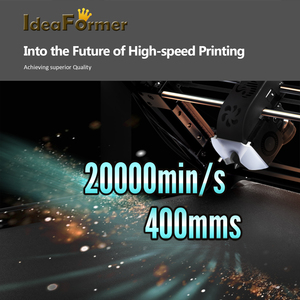










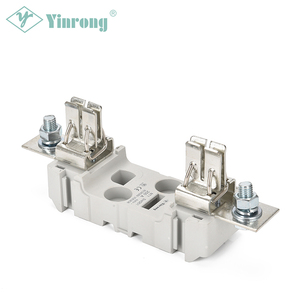


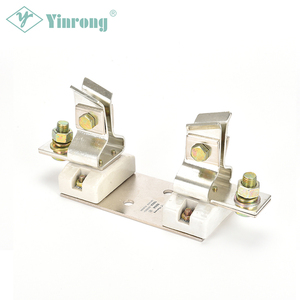






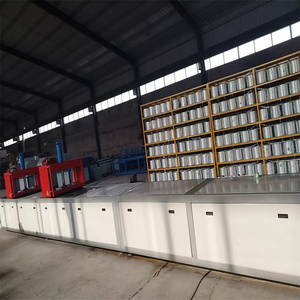







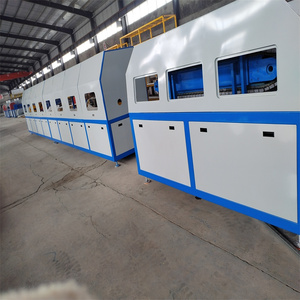







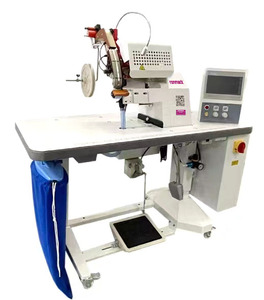

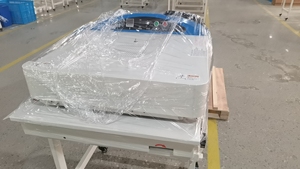




There are several automatic fusing machines, each designed with unique features to cater to diverse manufacturing requirements. These machines range from semicylinder, hot air, and pressure, all aimed at enhancing productivity in textile and apparel production.
An automatic fusing machine is specifically designed for interfacing. This machine ensures that fabrics used in collar, cuff, and placket reinforcement are seamlessly and uniformly applied. These machines are typically equipped with precise temperature and pressure controls, allowing for adjustable settings that are compatible with various fabric types. Because interfacing is fundamental in tailoring sharp and structured designs, these fusing machines considerably enhance the accuracy and efficiency of bulk production.
This design is a simplified machine with parts of straight fusing machines. They are semicylinder fusing machines for light and narrow fabrics. These machines usually have a cylindrical heating element that distributes heat uniformly. The fusing is the basic part that combines or joins two or more items with the help of other resources like the fabric or textile applied to interfacing.
Hot air fusing machines utilize air to provide heat to the fabric and adhesive bond. These machines are very flexible and can work on various materials. Unlike traditional pressing methods, hot air systems minimize direct contact. This feature reduces the risk of fabric damage, making it ideal for delicate or sensitive materials. Moreover, they are efficient in large-scale production due to their quick and even heat application across expansive fabric surfaces.
They are semiautomatic fusing machines with some manual work but are mostly automatic. These machines might require the operator to manually position the fabric or adhesive. The rest of the process is automated, including heat application and pressure fusion. They are semiautomatic fusing machines that balance between manual control and automation. They are suitable for low to medium production volumes.
Automatic fusing machines have expansive applications across multiple industries. Their capability to efficiently bond fabrics with fusible interfacings makes them vital for high-volume production environments.
The apparel industry needs shape retention in different garment parts like collars, cuffs, and lapels. In this case, interfacing comes in handy. Automatic fusing machines carry the burden of large-scale production while maintaining accuracy. They bond fabrics to enhance the structure and durability, making garments look neat and professional. From men’s dress shirts to women’s blazers, these machines help ensure that the clothes maintain their shapes.
Upholstery of car seats, door panels, and headliners requires materials that are durable and have a good appearance. Automatic fusing machines help in laminating fabrics with foam or other backing materials. They boost the bond strength and enhance the upholstery fabric's durability. This fusion increases the material's resistance to wear and tear; hence, the machine supports the automotive industry in its aesthetic and functional upholstery.
Footwear manufacturing involves many materials like leather, fabric, and synthetic materials. Automatic fusing machines are used to bond these materials. They are used to create durable shoe uppers with rigid or soft shapes. In accessory production, these machines help in reinforcing materials in belts, wallets, and bags. They ensure the accessories' structural integrity, increasing their lifespan in high-traffic fashion environments.
In the home textile industry, automatic fusing machines are vital for producing items like curtains, upholstery fabrics, and bonding designs for. They also reinforce sheers. Automatic fusing machines help fuse interfacings into curtain fabrics, making them rigid and able to shape properly. Besides, in upholstery, they create durable fabrics for cushions and covers that do not sag easily. The precise control of heat and pressure ensures that materials are bonded safely without losing their integrity.
Heat and Pressure Control
Automatic fusing machines have advanced systems for heat and pressure control. They have adjustable temperature settings that allow the users to set optimal heat levels for different fabrics. In pressure application, such machines are equipped with hydraulic or pneumatic systems. These systems ensure even pressure distribution across the fabric surface.
Moving Conveyor System
The machines bring huge productivity belt systems that move the fabric through the different fusing process stages. They feature adjustable speed settings that enable operators to modify the speed of the conveyor belt, thus allowing ideal bonding time for various material combinations. They are designed with a heavy-duty, seamless rubber conveyor belt to provide a long service and prevent contamination or corrosion caused by the adhesive.
Automatic Temperature Control
Many modern fusing machines feature automatic temperature control that continually adjusts heating elements to maintain set temperature. This reduces the need for manual intervention during the production process. This is important in ensuring quality since even a small variance in temperature can greatly affect the adhesive bond.
Assembly Parts
The major components used in the manufacturing process must be correctly assembled. This involves attaching heating elements, pressure rollers, and the conveyor belt to the main body of the machine.
Electrical Configuration
Users should wire the machine's control panel and heating elements according to the manufacturer's manual. They should ensure that the electrical system is well set and, most importantly, prevent overheating and, most importantly, keep the system safe during fusing.
Initial Calibration
They should start by power on the machine and then perform heat-up. They should set the target temperature in the system and then fus it with the calibration meter to measure internal temperature.
Pressure Adjustment
Pressure adjustment rollers closely follow the manufacturer's guidelines. Users should begin adjusting rollers system to fit their fabric requirements.
Testing and Optimization
Users should procure a fabric piece and adhesive for testing. They should run the fused fabric bond through the machine and assess the results. They should make necessary adjustments to temperature, pressure, and speed until optimal results are reached.
Regular Inspection
Inspect all major components like heating elements, pressure rollers, and conveyor belts on a regular basis for wear and damage.
Lubrication
Regularly grease moving parts such as conveyor motors and rollers in order to reduce friction and ensure smooth operation.
Adhesive Residue Removal
Users should frequently clean the heating elements and the conveyor belt surface to minimize adhesive residue from fusing processes.
Software Updates and Backup
They should ensure that the machine's software is updated regularly. In case of malfunction due to pressure or temperature issues, software problems could also be the cause. So, software updates are required.
Spare Parts Tracking
Keep a stock of critical spare parts such as fuses, sensors, and wear components in case of malfunction. Operating the machine with worn-out parts lowers the efficiency of the machine and can also damage the system.
When buying an automatic fusing machine, users should consider many factors, which could be cost-effective or in the interest of achieving desired results.
This is one consideration that defines the choice of an automatic fusing machine since they are used on diverse materials like fabrics, leather, and synthetics. For delicate and tenders fabrics, one should consider machines with hot air fusing technology. They are harsh-free and cushion the user from possible damages in the future. If the material in use is dense or heavy, a machine that uses the hard contact method would be ideal. They provide the pressure and strength required to achieve a better bond.
Great output volumes: Machines with greater output volumes require machines with greater output volumes. Machines with great output volumes generally have great output volumes. For medium output, machines with lesser technologies that incorporate greater technology may be sufficient. Knowing production targets will assist in preventing over- or under-equipped setups.
Budget is a key factor in any industrial investment. While high-end automatic fusing machines boast many features ideal for large-scale operations, for smaller businesses, semiautomatic or less sophisticated machines may be cost-effective. One must weigh operational costs versus initial acquisition costs. For large volumes, high-end machines with low energy and operator costs for future use will pay for themselves.
Finally, one should consider the manufacturer's warranty and the support prospects. Well-backed machines mean less downtime when in use. Manufacturers provide good after-warranty services and user-friendly machines.
A1: Automatic fusing machines bond fabrics to adhesive interfacings using heat and pressure. These machines enhance production efficiency in large-scale textile operations.
A2: The hot air fusing machine uses air to apply heat, reducing direct fabric contact. This makes it suitable for delicate materials that may be damaged by direct heat.
A3: Regular inspections, part lubrication, and adhesive residue removal are vital. Routine maintenance ensures longevity and consistent operational efficiency.
A4: Material compatibility, production volume, budget, and machine efficiency should be considered. These factors ensure the machine meets specific operational needs.
A5: Automatic temperature control helps maintain consistent heat levels. Accurate fusing prevents human error, ensuring a uniform final product in large productions.